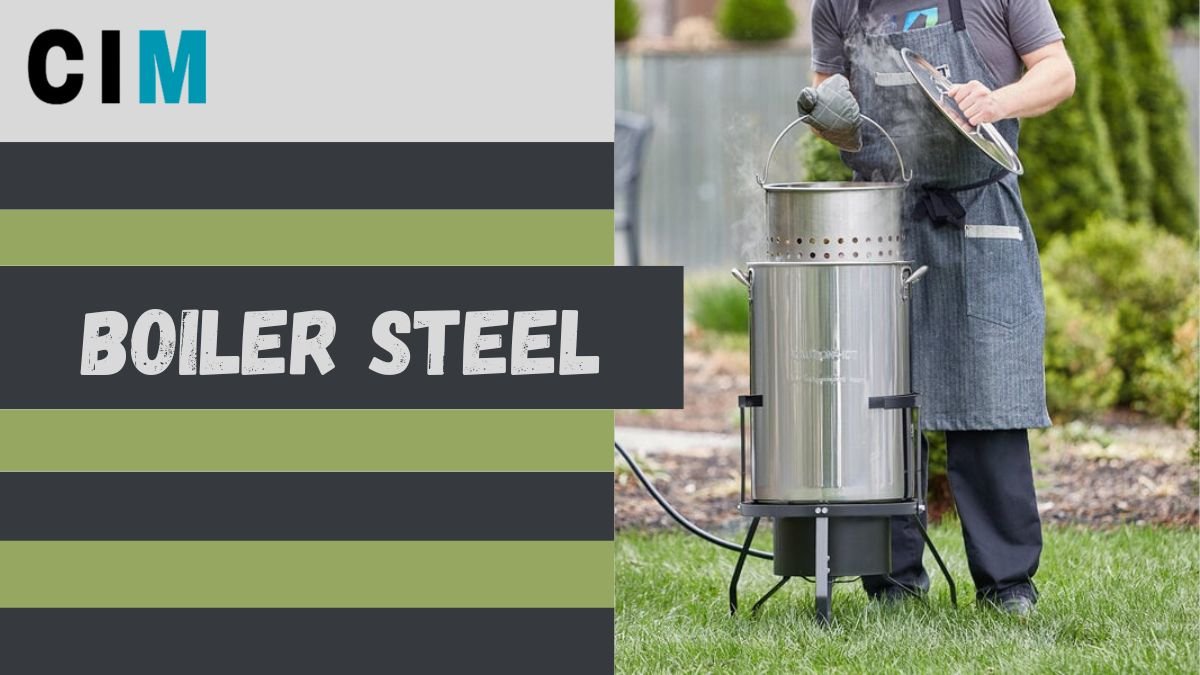A restoration company responds to disaster emergencies such as fire damage, flood, mold remediation, and biohazard cleanup. They are also trained to handle insurance claim processing.
First, they secure the property by boarding up entrances and keeping more water out. They then evaluate the damage and create a plan to get it back to normal.
Mold Remediation
When it comes to mold, a restoration company must first identify the source of the problem. Then, they can work to prevent additional mold growth and address existing issues, like water damage.
If a building is infested with mold, it should be addressed as quickly as possible to limit contamination spread and minimize downtime for occupants. A restoration company can help with mold inspections and testing, removing damaged materials, and cleaning the affected areas. You can visit this site, https://valleydrc.com/ for more information.
The team may spray an encapsulant, a type of paint that essentially encases (like a capsule) the mold spores so they can’t grow back. Afterward, the area will be dried using dehumidifiers and air movers to reach a specific humidity level. Controlled porous building materials like drywall and insulation will be removed and disposed of while non-porous materials are cleaned and disinfected. If the mold is extensive, occupants may be relocated during remediation to reduce airborne aerosolization of mold spores.
Fire Damage
Fire is one of the most traumatic things that can happen to a family or business. Families can lose their prized possessions and find themselves looking for a new home, while companies are left with financial struggles as they try to get back up and running. Prompt fire restoration can help limit the damage caused by fire and help families and businesses resume their lives with as little disruption as possible.
After ensuring a property is safe to enter, the fire damage restoration process usually begins with an inspection and damage assessment. This allows the restoration company to understand better what surfaces and materials need cleaning, how far the fire and smoke have penetrated, and what needs repainting or replacing.
Once the fire is out, boarding up windows and doors is essential to prevent vandalism and keep rain from seeping into the structure. This also helps discourage burglars and other unwanted intruders.
Flooding
Floods have a significant impact on individuals and communities. Their effects can vary widely, depending on their location and extent, as well as the vulnerability and value of the natural and built environments they affect.
Flooding can occur when rainwater accumulates faster than soils can absorb it, or rivers can carry it away. Various factors can cause flooding, including prolonged heavy rains, sudden intense rainfall, overflowing dams or levees, and failure of water control structures.
Distress can be significant for people who are evacuated from their homes. It can also be devastating for businesses and the economy. For example, flood damage to transportation networks often brings business activities to a standstill, and images of flooded areas can discourage tourists from visiting regions. This is especially true for those regions that depend heavily on seaside tourism and associated industries.
Water Damage
Water damage is often a result of flooding and storms, but it can also be caused by malfunctioning appliances or faulty plumbing. Regardless of the cause, it’s essential to call a restoration company as soon as possible to avoid further damage and potential mold growth. After ensuring the area is safe, the homeowner should shut off electricity and list items that need to be cleaned or thrown away.
The water is classified into four categories based on its source and how it may affect the home. Category 1 water has minimal contamination and comes from sanitary sources, such as melting snow, rainwater, or a working toilet tank.
Category 2 water has contamination that is likely to pose a health risk and may require protective gear to handle. Finally, category three water has the highest levels of contamination and includes sewage, backup sewers or septic tanks, seawater, river water, or untreated groundwater.










